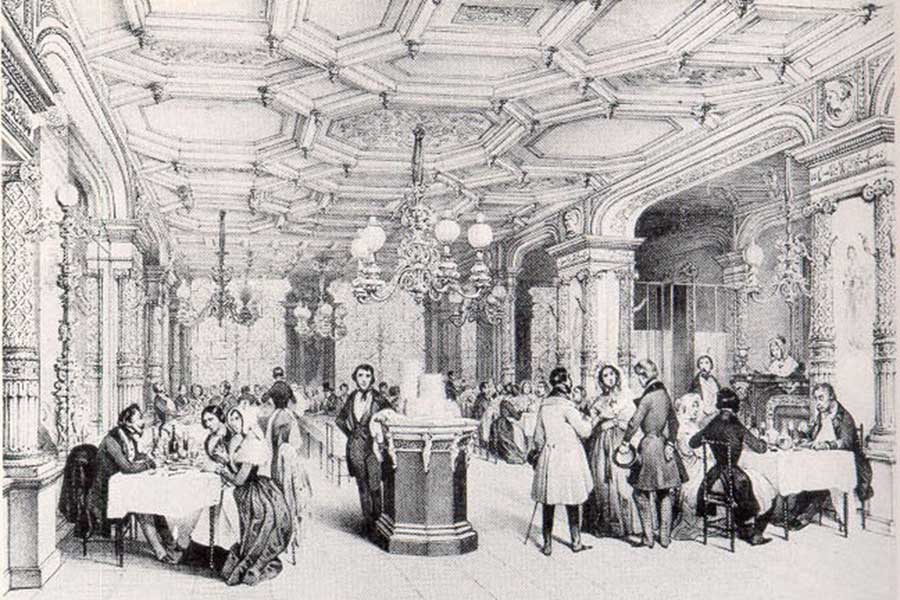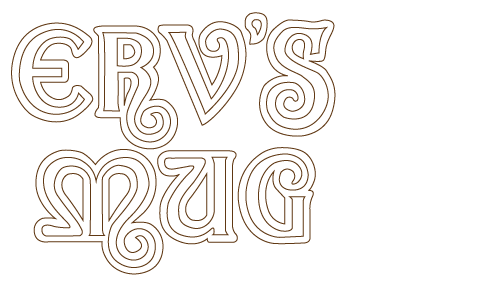The French Revolution & Restaurants

The French Revolution (1789–1799) significantly impacted dining culture and helped shape modern restaurants. Before the Revolution, dining was an exclusive activity for the wealthy elite. After the fall of the aristocracy, many chefs who had worked for noble families found themselves unemployed. With their former employers gone, these chefs sought new ways to support themselves, leading to the creation of public eateries with the inspiration that everyone could, “Eat like a King for a day.”
A key change was the introduction of public dining, where people could order food à la carte—choosing individual dishes instead of set meals. This innovation laid the foundation for the menu system used in restaurants today. Chef Antoine Beauvilliers was one of the first to open a modern-style restaurant in Paris. His establishment, La Grande Taverne de Londres, featured an à la carte menu and offered a formal dining experience with an elegant dining room, well-trained waiters, a fine cellar, and a superior kitchen, marking a milestone in the evolution of dining.
The Revolution also helped elevate the role of chefs. Cooking, once a private affair for the aristocracy, became a respected profession. As a result, chefs gained recognition for their culinary skills, setting the stage for the development of French haute cuisine, which continues to influence global fine dining.
The Revolution made food more accessible across all social classes, leading to a wider variety of dining options, from casual eateries to luxury restaurants. This democratization of dining is reflected today in the broad range of restaurants available, catering to every taste and budget.
